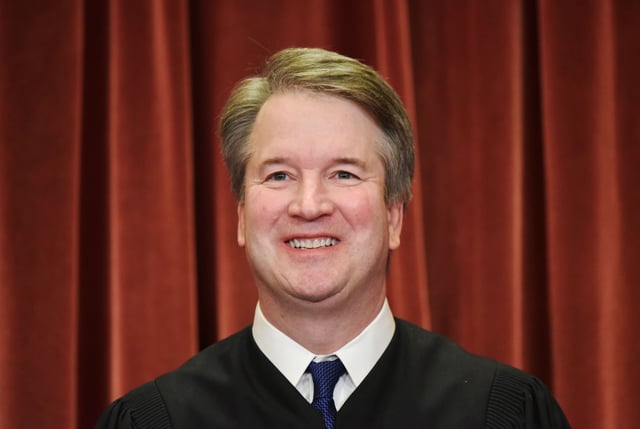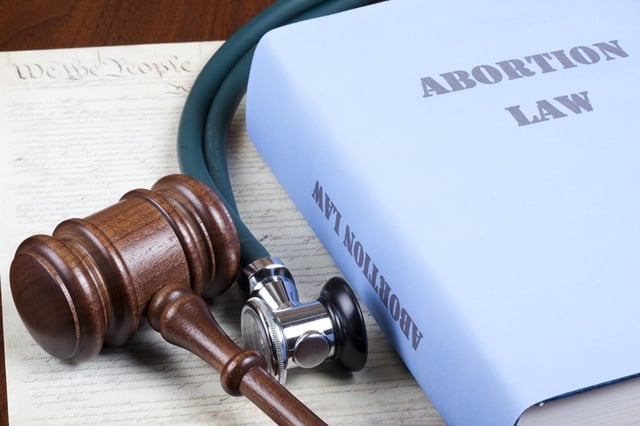Overview
- The Supreme Court ruled unanimously that the plaintiffs lacked standing to challenge the FDA's approval of mifepristone.
- Justice Clarence Thomas's concurrence suggested a radical shift in organizational standing, raising alarm among various advocacy groups.
- The decision leaves the door open for future challenges by other parties, including states and individual doctors.
- Political and legal analysts warn that the ruling could embolden further restrictions on reproductive rights if the political landscape shifts.
- The case underscores ongoing debates about the power and oversight of federal agencies like the FDA.



